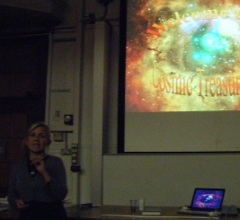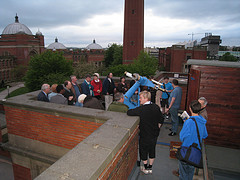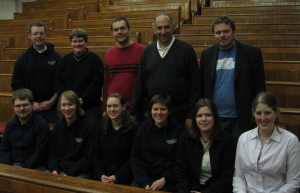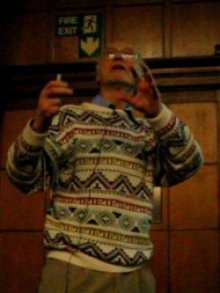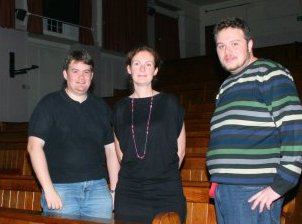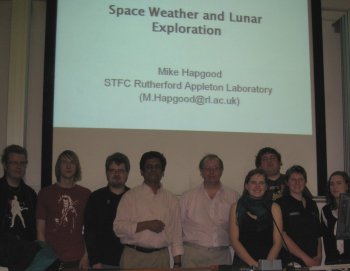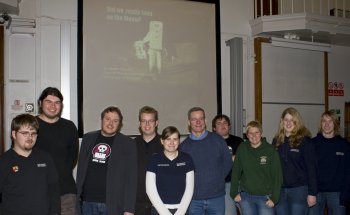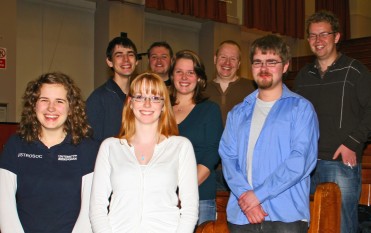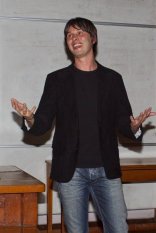Tea, Talk and Telescope
Patrick Moore Lecture Series


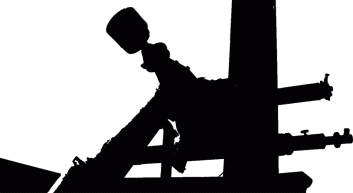
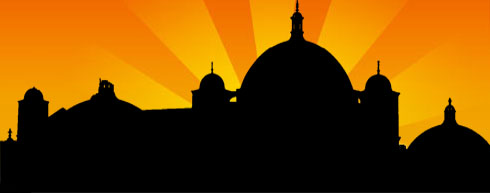
-
Page Links
- Next Talk
- Sue Horne, MBE
- Prof Trevor Ponman
- Dr Robin Catchpole
- Prof Mike Cruise
- Alastair Reynolds
- Lucy Hawking
- Dr Samuel George
- David H. Levy
- Prof. Peter Kalmus
- Dr Lucie Green
- Dr Mike Hapgood
- Dr Martin Hendry
- Dr Paul Roche
- Dr Brian Cox
- Prof. Ian Morison
- Prof. John Brown
- Dr David Gregory
- Mr Mario DiMaggio
- Dr David Whitehouse
- Dr Fred Watson
- Dr David Malin
Want to know more about astronomy? Want to learn how to observe? Want to know what's currently in the sky?
Next Talk: Astrobiology - the hunt for alien life by Dr. Lewis Dartnell
The Talks
Want to know more about astronomy? Want to see the wonders of the Universe?
Astrobiology - the hunt for alien life
Dr. Lewis Dartnell
'Astrobiology' is a brand new field of science, encompassing research into the origins and limits of life on our own planet, and where life might exist beyond the Earth. But what actually is 'life' and how did it emerge on our own world? What are the most extreme conditions terrestrial life can tolerate? And where in the cosmos might we reasonably expect to find ET? Join Dr. Lewis Dartnell on a tour of the other planets and moons in our solar system which may harbour life, and even further afield to alien worlds we've discovered orbiting distant stars, to explore one of the greatest questions ever asked: are we alone...?
This talk will be on Thursday 23rd January, 2014. Coffee and tea will be available from 7:00pm with the talk to start at 7:30pm.
Future Talks:
We do not currently have any upcoming talks.
Past Talks
Sue Horne, MBE "2013 Space highlights and future challenges"
As an Executive agency of the UK government the UK Space Agency (UKSA) are responsible for all space exploration from the UK, and are our representatives for all negotiations with other agencies. 2013 has brought with it a whole host of new space missions, many of which have caught the public imagination. Sue Horne MBE, the Space Exploration Programme Manager for the UKSA, will guide us through some of the highlights of these missions and discuss the future challenges that face the UK in furthering our space programme.
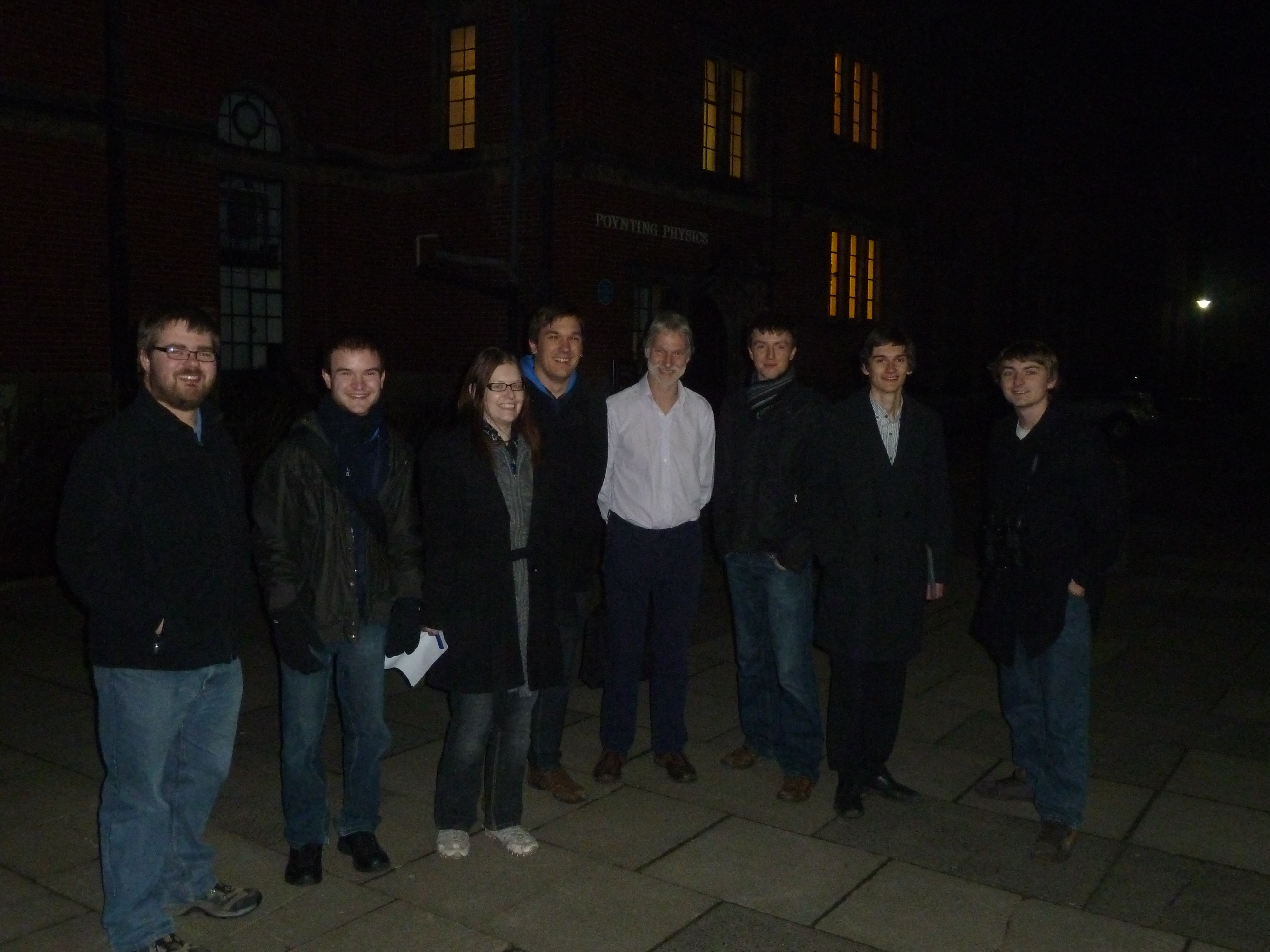 Professor Trevor Ponman "How hot is the Universe?"
Professor Trevor Ponman "How hot is the Universe?"
Conditions here on Earth can give a very misleading picture of the Universe at large. How hot do you think most of the matter in the Universe is? In this talk we will take a quick look at what the Universe is made of. We will then explore what modern astronomy has revealed about the state of the atomic matter - the only component we understand - and we will ask how it got that way.
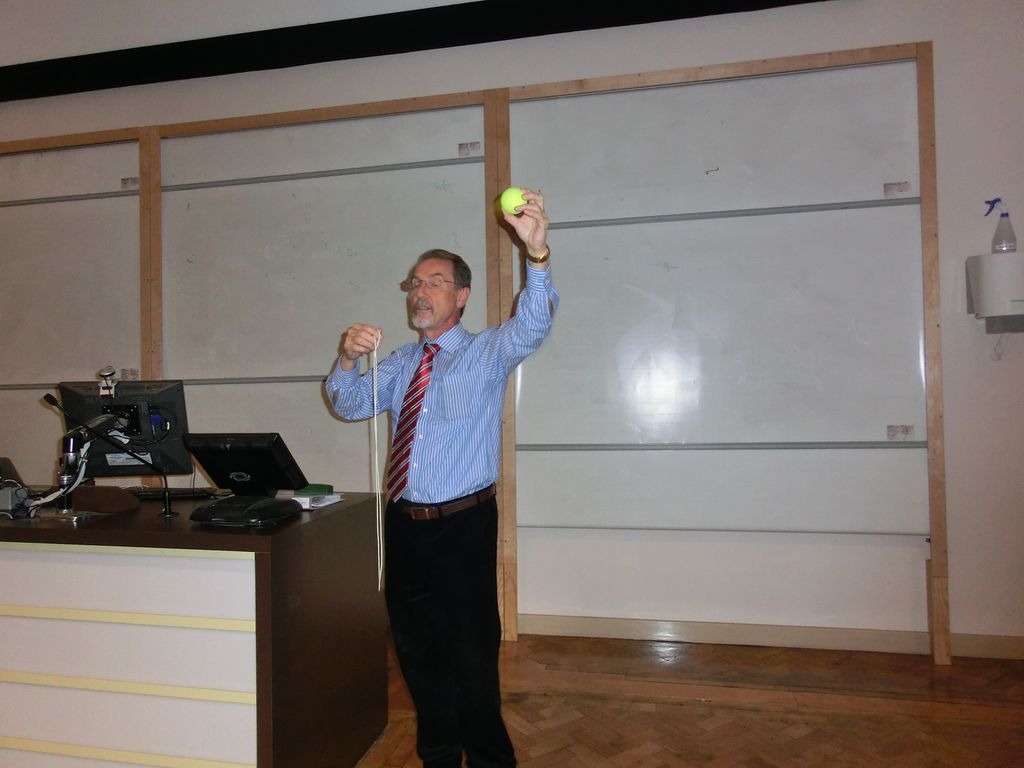 Dr Robin Catchpole "Climbing the Distance Scale ladder to the Edge of the Universe"
Dr Robin Catchpole "Climbing the Distance Scale ladder to the Edge of the Universe"
From parallax to redshift, astronomers have constructed a distance ladder, which provides the third dimension to our view of the universe and without which it would be impossible to compare theory with observation. In this lecture we will climb the ladder and on the way discover what is contained within our universe, including, stars, galaxies, black holes, dark matter and vacuum energy.
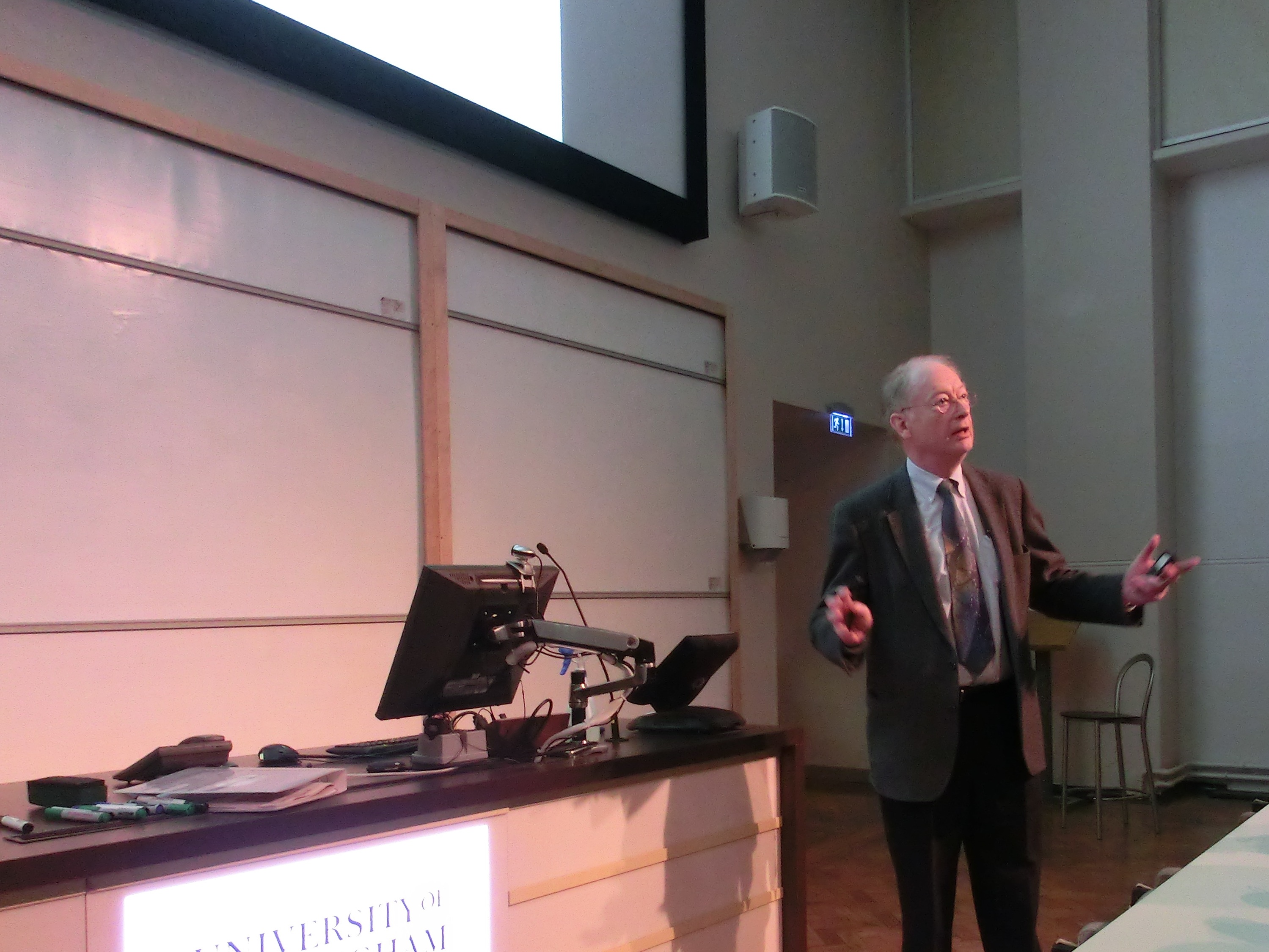 Professor Mike Cruise "Small Problems with the Universe - is Physics letting us down?"
Professor Mike Cruise "Small Problems with the Universe - is Physics letting us down?"
The Universe is being explored with increasingly sophisticated instruments and techniques and yet there still remain fundamental questions about the laws of Physics that govern its existence and evolution. This talk will discuss our present view of the Universe and the areas of Physics that are causing uncertainty and how these may be investigated.
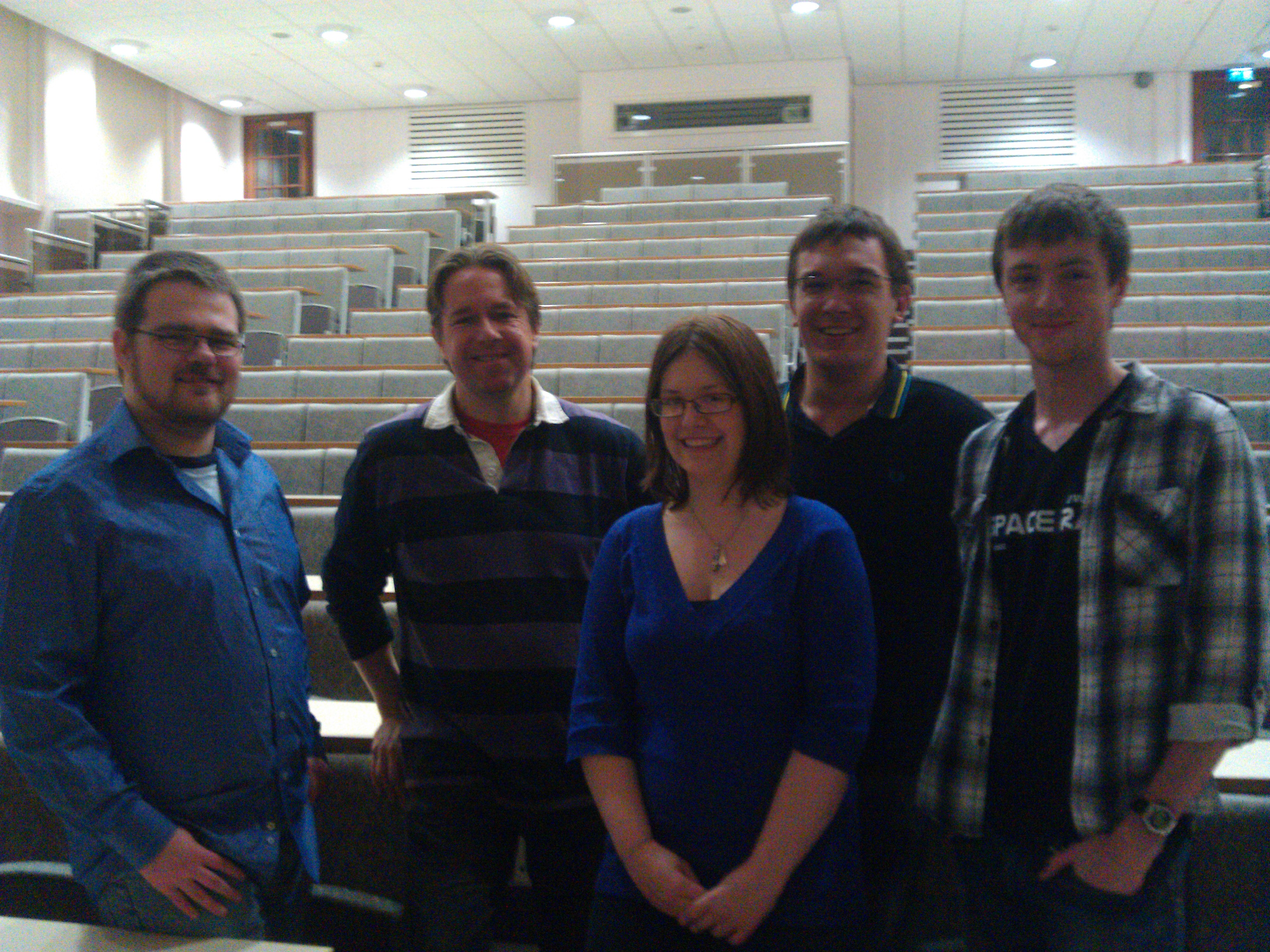 Alastair Reynolds "From Barsoom to Pandora: Science Fiction and Astronomy in dialogue"
Alastair Reynolds "From Barsoom to Pandora: Science Fiction and Astronomy in dialogue"
As a former scientist, and now full-time science fiction writer, I'm fascinated by the way science and science fiction have been in dialogue with each other. Although it's mostly the case of science influencing science fiction, the traffic hasn't been entirely one-way. I will discuss some of the changes in science fiction over the last century or so, with a particular emphasis on space-based fiction, and the impact of astronomical ideas (such as our understanding of the solar system, and our wider place in the universe) on those books and stories.
Lucy Hawking "George's Cosmic Treasure Hunt"
Lucy Hawking she presented a young person's guide through the galaxy. The talk was primarily based on her latest book, `George's Cosmic Treasure Hunt,' the follow-up to the brilliant 'George's secret key to the universe'. We explored the mysteries of physics, science and the universe with George, his new friends next door - the scientist Eric and his daughter, Annie - and a super-intelligent computer known as Cosmos, which can take them to the edge of a black hole and back again.
Dr Samuel George - "It all started with a big bang - a journey from the solar system to the beginning of the Universe"
The observable Universe is 27 Billion light-years in diameter. Over 1 million Earths would fit inside the Sun's volume. Pluto is some 13 light hours from the Earth. In this talk we take a photographic tour of our Universe, exploring the wonderful different objects in the Universe and the awesome scale of it all.
David H. Levy - "Poetry of the Night: A marvellous union between science and literature"
"Poetry of the Night: A marvellous union between science and literature" - On October 2, 1605, Londoners were treated to an almost total eclipse of the Sun at around the same time that Shakespeare's King Lear was exploring humanity's relation to the cosmos. "These Late Eclipses in the Sun and Moon" (a passage from the play) begins a sophisticated discussion of that relation, based on real events in the night sky. This is just one example of the richness of astronomical allusions in English Literature that was discussed in this talk.
Prof Peter Kalmus OBE - "Mirror images, antimatter and time reversal"
"Mirror images, antimatter and time reversal" - At the microscopic level, the laws of mechanics and electromagnetism appear to be perfectly symmetrical, but the symmetry is broken by the weak interaction, the force that allows the Sun to shine. We explain how symmetry breaking could help us to avoid being annihilated by a science-fiction antimatter alien from another world. Again at the microscopic level there is a small asymmetry between the forward and backward directions of time. On larger scales however the direction of time is crucial, and time-reversed systems generally lead to absurd situations.
Dr Lucie Green - "Living in the Sun's atmosphere"
"Living in the Sun's atmosphere" - The Sun produces huge and powerful eruptions called coronal mass ejections, which throw masses of charged particles into space with explosive force. Some of these inevitably reach the Earth, creating beautiful aurora in the polar skies, but also with the potential to wreak havoc with our telecommunications and electricity networks. A short audio snipet of this talk can be found [in mp3 format]
Dr Mike Hapgood - "Space Weather and Lunar Exploration"
"Space Weather and Lunar Exploration" - a talk about how space weather affects our lives and determines how we continue our manned exploration of space. Space is a dangerous place for humans, once we step beyond the protection of the Earth's atmosphere and magnetic field. Galactic cosmic rays and bursts of charged particles from the Sun damaging to health happen with alarming frequency - the Apollo astronauts were lucky. Understanding the physics of radiation from distinct source in space will be useful to help future space voyagers plan journeys in greater safety, and produce effective shields for these unavoidable events on journeys to Mars or beyond.
Dr Martin Hendry - "Did we really land on the Moon?"
"Did we really land on the Moon?" - a talk about the Moon landings and some of the hoax theories that have arisen. Did Neil Armstrong really walk on the Moon? Almost 40 years on from Apollo 11 a surprising number of people believe that Armstrong's famous "One small step" was an elaborate hoax, filmed in secret here on Earth. Conspiracy theorists point to a range of "evidence" to support their claim: waving flags, strange shadows, no stars in the sky, deadly solar radiation. In this talk, using real Apollo video footage and a series of simple demonstrations, we will take a closer look at the science behind "moon hoax" claims, and ask whether we really did land on the Moon. The answer to the question was given quite clearly at the start with an emphatic, "yes!".
Dr Paul Roche - "The Faulkes Telescope"
"Faulkes Telescope" - a talk about the The Las Cumbres Observatory Global Telescope Network and how it is opening professional instrumentation to children worldwide. Dr Paul Roche is the director of the Faulkes Telescope and a University of Cardiff Lecturer. The Las Cumbres Observatory Global Telescope Network (LCOGTN) is an independent, non-profit private operating foundation based in Santa Barbara, California, that is building a global network of remotely operated telescopes, to be used for both educational and scientific research purposes. LCOGTN operates the largest telescopes in the world partially, but consistently, devoted to astronomy education. LCOGTN is building a global network of 18 x 1-meter diameter telescopes (the Research Network - 18 'scopes in total) in clusters of 3 at each of 6 observatory sites. It will initially deploy clusters of 4 x 0.4m diameter telescopes at 7 observatory sites (the Education Network - 28 'scopes in total) distributed around the world, over the next few years.
Dr Brian Cox - "The Big Bang Machine"
"The Big Bang Machine" - a talk about the Large Hadron Collider at CERN and how experiment can reproduce the
early Universe. Dr Brian Cox is a University of Manchester and CERN experimental physicist. He is involved in various radio and
television shows - including Horizon and Billon Dollar Experiment on BBC. He was also the scientific consultant for the sci-fi film
Sunshine.
After the talk there was the chance for some night sky observing:
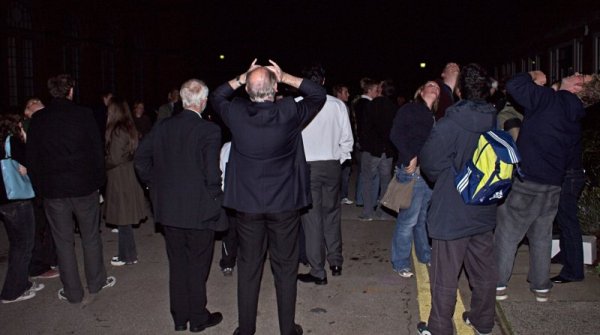
Prof. Ian Morison - "Is There Anybody Out There?"
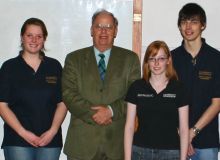 Prof. Ian Morison (Gresham College and the Jodrell Bank Observatory) discussed how most searches for life
outside of own world have so far used radio telescopes, but that now it is possible for high energy pulsed
lasers to outshine a star for brief periods so that optical searchers can take place. He also discussed why no extraterrestrial beings have be found so far and he looked to the future at plans to establish a dedicated radio telescope in California and a giant radio telescope array that would be able to search the whole galaxy.
Prof. Ian Morison (Gresham College and the Jodrell Bank Observatory) discussed how most searches for life
outside of own world have so far used radio telescopes, but that now it is possible for high energy pulsed
lasers to outshine a star for brief periods so that optical searchers can take place. He also discussed why no extraterrestrial beings have be found so far and he looked to the future at plans to establish a dedicated radio telescope in California and a giant radio telescope array that would be able to search the whole galaxy.
Prof. John Brown - "Black Holes and White Rabbits"
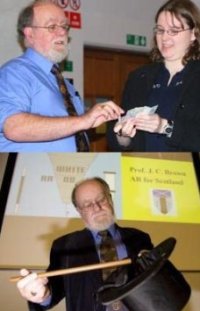 The 10th Astronomer Royal for Scotland and Regius Professor of Astronomy in Glasgow,
Prof. John Brown, gave a rather interesting introduction to the physics of black holes. Not only is Prof Brown an astronomer
he is also an accomplished magician and for one it was obvious from the title of his talk, "Black Holes and White Rabbits", that he
might well include this.
The 10th Astronomer Royal for Scotland and Regius Professor of Astronomy in Glasgow,
Prof. John Brown, gave a rather interesting introduction to the physics of black holes. Not only is Prof Brown an astronomer
he is also an accomplished magician and for one it was obvious from the title of his talk, "Black Holes and White Rabbits", that he
might well include this.
The crowd of over 200 people from the University and general public were not disappointed. He used his magician skills to good effect as he showed how one can visualise complex physics by using his skills of illusion. He did conjure something out of a top hat but not the object one would suggest from the title. Instead he went much further than just producing a rabbit out of his hat, he produced an entire Universe for us all to see and wonder at.
Dr David Gregory - "Do you want to be the next Robert Winston?"
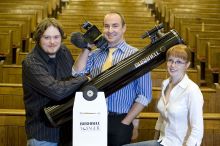 BBC West Midlands Science Correspondent Dr David Gregory talks to us about science in the media and how scientists should approach communicating their work. He used a variety of techniques including interviewing an enthusiastic member of the audience to show how hard it is to communicate the correct info and for the journalist to extract it.
BBC West Midlands Science Correspondent Dr David Gregory talks to us about science in the media and how scientists should approach communicating their work. He used a variety of techniques including interviewing an enthusiastic member of the audience to show how hard it is to communicate the correct info and for the journalist to extract it.
Mr Mario di Maggio - "Aliens on Earth"
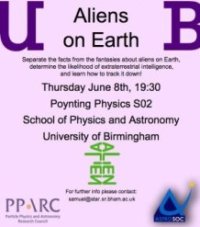 Is their life outside the Earth? A question which has preoccupied many conversations in
the modern quest for understanding of our own existence. In this talk the Director of the ThinkTank Museum's Planetarium, Mr
Mario di Maggio, discusses if their is Alien life on the Earth, and not just the little green men kind. He separated the facts
from the fantasies about Aliens being on Earth, discussed the likelihood of extraterrestrial intelligence existing and if so how
should mankind go about trying to track it down?
Is their life outside the Earth? A question which has preoccupied many conversations in
the modern quest for understanding of our own existence. In this talk the Director of the ThinkTank Museum's Planetarium, Mr
Mario di Maggio, discusses if their is Alien life on the Earth, and not just the little green men kind. He separated the facts
from the fantasies about Aliens being on Earth, discussed the likelihood of extraterrestrial intelligence existing and if so how
should mankind go about trying to track it down?
Dr David Whitehouse - "Dinosaurs on the Moon: Astronomy and Space in the Media"
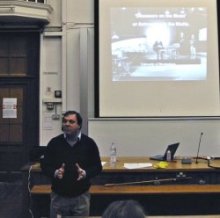 Are their dinosaurs on
the Moon? BBC Science Correspondent and Science Editor of BBC News Online Dr David Whitehouse puts the science media under
the microscope. This talk gave a unique insight into how the media have handled many scientific stories. A couple of key events
were used to illustrate how the media can cause scientists to have a rather bad time. A good example is the loss of Beagle 2 which
caused a media flurry due to scientists handling the situation in a less than brilliant manner. The title story, "Dinosaurs on the
Moon", was also discussed and is an excellent example of the media playing around with scientists and how emphasises how scientists
need to ensure that they understand how the media will interact with them.
Are their dinosaurs on
the Moon? BBC Science Correspondent and Science Editor of BBC News Online Dr David Whitehouse puts the science media under
the microscope. This talk gave a unique insight into how the media have handled many scientific stories. A couple of key events
were used to illustrate how the media can cause scientists to have a rather bad time. A good example is the loss of Beagle 2 which
caused a media flurry due to scientists handling the situation in a less than brilliant manner. The title story, "Dinosaurs on the
Moon", was also discussed and is an excellent example of the media playing around with scientists and how emphasises how scientists
need to ensure that they understand how the media will interact with them.
Dr Fred Watson - "When telescopes go bad"
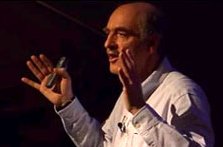 Dr Fred Watson of the Anglo-Australian Observatory talked about what can go wrong when trying
to construct telescopes. In anticipation of the telescope's 400th birthday, in this entertaining and fully-illustrated talk, Fred
Watson looks back at some of the world's worst and best telescopes, and asks what makes a productive astronomical instrument. Fred
Watson is Astronomer-in-Charge of the Anglo-Australian Observatory in Australia, where he is well-known for his award-winning
astronomy segments on ABC radio. His book "Stargazer - the life and times of the telescope" was published in 2004. This talk was
part of the Allison-Levick Lecture Series. For more information about Fred Watson and his book see his webpages.
Dr Fred Watson of the Anglo-Australian Observatory talked about what can go wrong when trying
to construct telescopes. In anticipation of the telescope's 400th birthday, in this entertaining and fully-illustrated talk, Fred
Watson looks back at some of the world's worst and best telescopes, and asks what makes a productive astronomical instrument. Fred
Watson is Astronomer-in-Charge of the Anglo-Australian Observatory in Australia, where he is well-known for his award-winning
astronomy segments on ABC radio. His book "Stargazer - the life and times of the telescope" was published in 2004. This talk was
part of the Allison-Levick Lecture Series. For more information about Fred Watson and his book see his webpages.
Dr David Malin - "Sense and Sensibility: images of Heaven and Earth"
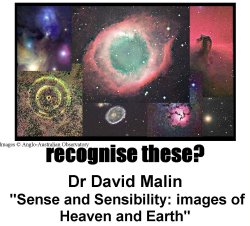 Dr David Malin (of the Anglo-Australian Observatory) is
a pioneer of astrophotography and a large fraction of the spectacular astronomical images that are found as posters are a result of
his work. His technique of enhancing faint features on photographic plates, known as "Malinization" after him, makes this possible.
In this talk he will discuss some of these beautiful images and how taking them was made possible. This talk was arranged to
commemorate the 20th anniversary of the University of Birmingham Observatory. For more on his work see his website.
Dr David Malin (of the Anglo-Australian Observatory) is
a pioneer of astrophotography and a large fraction of the spectacular astronomical images that are found as posters are a result of
his work. His technique of enhancing faint features on photographic plates, known as "Malinization" after him, makes this possible.
In this talk he will discuss some of these beautiful images and how taking them was made possible. This talk was arranged to
commemorate the 20th anniversary of the University of Birmingham Observatory. For more on his work see his website.
